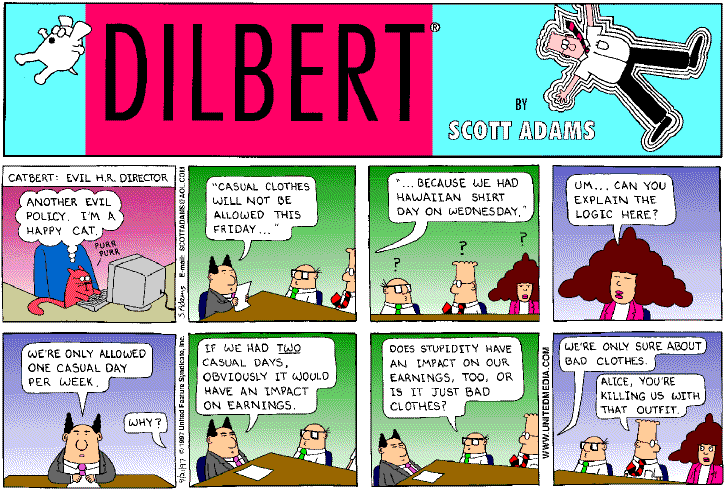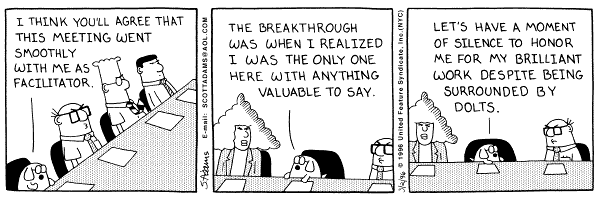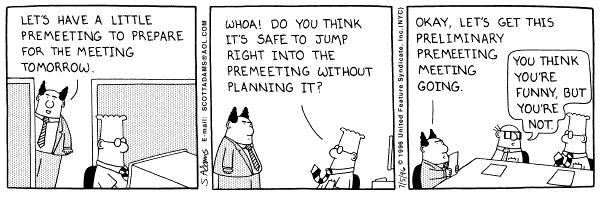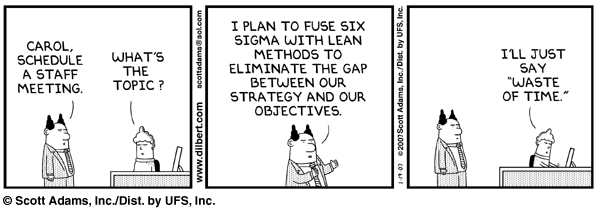
Meetings provide a forum to reach decisions on issues through a collaborative process. Decisions which are taken without the consensus of all the affected departments or individuals leads to confusion, frustration and an unhealthy work environment. Listed below are a few guidelines on how to reach decisions within groups or teams effectively.
- Ensure that the meeting facilitator or any other participant doesn’t take all the limelight. This will lead to an extremely biased view which will not be well received by all the participants. Every person in the meeting has the right to voice his/her opinion and have them factored into the decision making process.
- Maintain an optimal size and type of the group to ensure you don’t reach a deadlock. This requires you to be selective in who you invite to the meeting. Calling two aggressive participants with three passive individuals will not yield an optimal outcome.
- To reach an effective decision make sure that all participants have clearly understood the problem or issue which is being resolved to avoid any sort of confusion. An incorrect perception of what is being discussed is common and should be clearly stated in the agenda sheet for reference.
- Once all the solutions to the problem have been discussed a decision used should be reached by a consensus. A voting systems will clearly identify those individuals who are for the solution and against it, this can be later explored in individual meetings if time is limited in the group meeting.
- When a decision has been made and has received a majority consensus those individuals who were not in favor of the decision should do their best to buy into the proposed solution. Passive resistance to the solution becomes a major threat in implementing the solution. If you are strongly not in favor of the decision you may call another meeting to convince key individuals, however if the rest of the team is behind the decision you must do your best to go with the majority.
- The facilitator of the meeting should do a summary of the decision which was reached through consensus at the end of the meeting. This will outline the problem we tackled, the solutions and the groups choice. This provides a great time for participants to clarify any confusion that they may have had.
If senior management has already made a decision on the particular issue do not call meetings to re-iterate the decision. If you need input from some departments calling a “review” meeting about the option selected is a better strategy.
Good decision making skills is a critical success factor for all teams. By leading meetings where you can reach timely and collaborative decisions you will be able to help your team reach fantastic results. Poor decisions which do not have the buy in of the team will result in poor performance which has a detrimental impact on your team.
Help your team to start making better decisions today!



